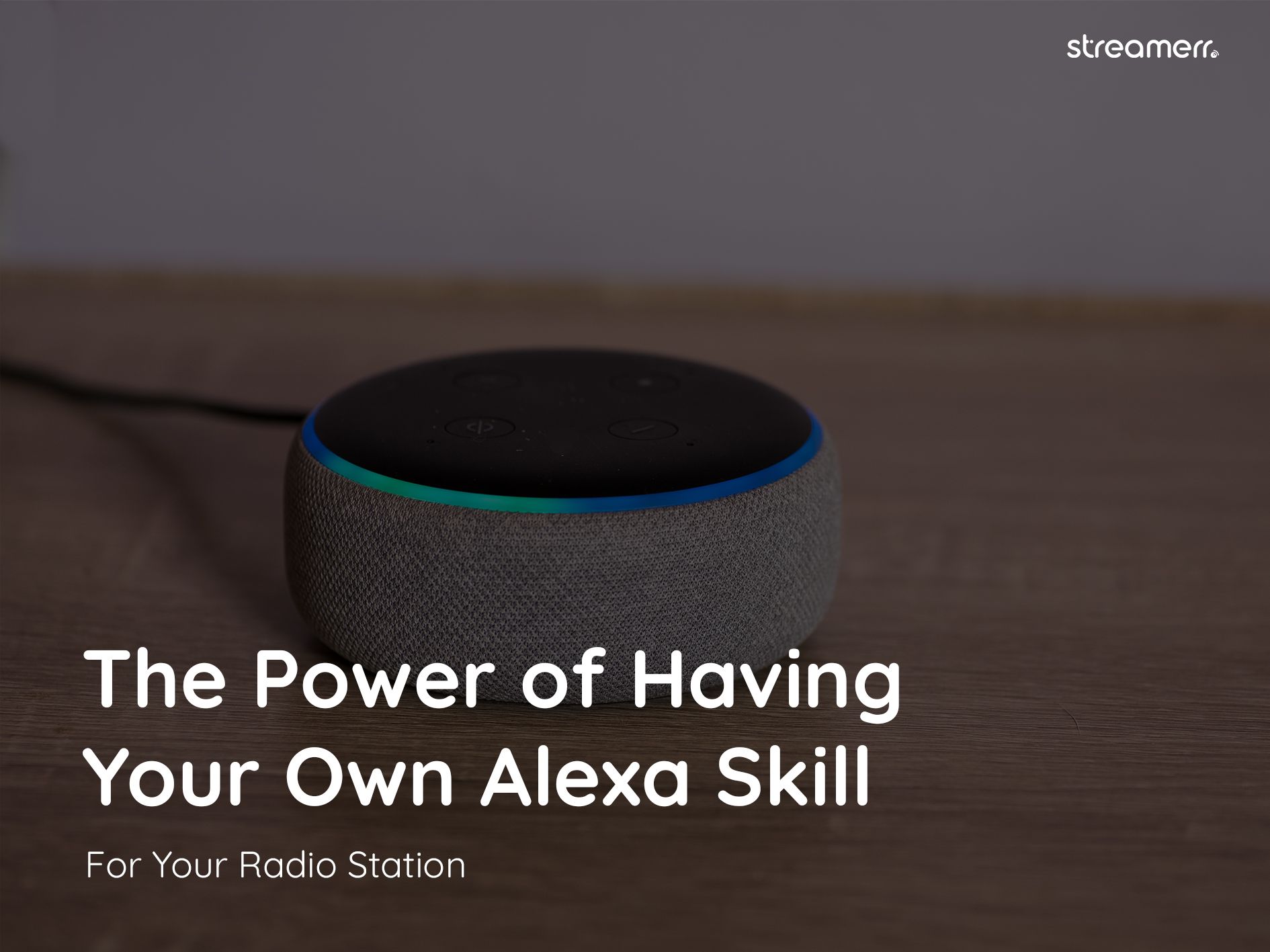Introduction:
Radio broadcasting is an art that demands precision, accuracy, and a keen ear for audio quality. As a radio broadcaster, your choice of headphones plays a crucial role in delivering top-notch content to your audience. Whether you're a seasoned professional or just starting your broadcasting journey, having the right headphones can significantly enhance your performance. In this guide, we'll explore the key factors to consider when choosing the best headphones for radio broadcasting.
Sound Quality:
Sound quality is undoubtedly the most critical aspect of any broadcasting headphones. As a broadcaster, you need to accurately hear every nuance of your voice, the music, and any sound effects. Look for headphones that provide a balanced frequency response, allowing you to hear the lows, mids, and highs without any distortion. Closed-back headphones are generally preferred for broadcasting, as they offer better noise isolation and prevent sound leakage.
Comfort and Durability:
Long hours of broadcasting can take a toll on your comfort if your headphones are not designed for extended wear. Opt for headphones with plush ear cushions and an adjustable headband to minimize fatigue. Additionally, consider the build quality and materials used to ensure durability, as radio broadcasting often involves frequent movement and handling.
Noise Isolation:
Radio studios can be bustling with activity, and external noise can disrupt your focus during live broadcasts. Noise isolation or noise-canceling features in headphones can block out ambient sounds, allowing you to concentrate solely on your broadcast. However, be cautious when using noise-canceling headphones for live broadcasting, as they might hinder your awareness of your surroundings.
Wired vs. Wireless:
While wireless headphones provide more freedom of movement, many broadcasting professionals still prefer wired models due to their reliability and consistent audio quality. Wired headphones also eliminate concerns about battery life and potential interference. However, if you prefer wireless headphones, make sure they have low latency to avoid audio syncing issues during live broadcasts.
Closed-Back vs. Open-Back:
Closed-back headphones are the go-to choice for most broadcasters as they prevent sound leakage and offer better noise isolation. This means that your microphone won't pick up audio bleeding from your headphones. On the other hand, open-back headphones provide a more natural and spacious sound but tend to leak sound, making them less suitable for broadcasting.
Impedance and Sensitivity:
Consider the impedance and sensitivity of the headphones, as these factors affect how well they perform with different audio equipment. Lower impedance headphones (around 32 ohms) are ideal for use with portable devices or studio equipment with weaker headphone outputs. Higher impedance headphones (over 100 ohms) generally require dedicated headphone amplifiers to reach optimal performance.
Brand Reputation and Reviews:
Before making your final decision, research the brands and models you're interested in. Look for reputable brands with a history of producing high-quality audio products. Read reviews from other radio broadcasters to gather insights into real-world experiences with the headphones you're considering.
Conclusion:
Selecting the best headphones for radio broadcasting involves striking a balance between sound quality, comfort, and durability. Keep in mind the importance of noise isolation, wired vs. wireless options, and the differences between closed-back and open-back designs. Also, pay attention to impedance and sensitivity to ensure compatibility with your audio equipment. By making an informed decision and investing in the right pair of headphones, you'll be equipped to deliver exceptional broadcasts that captivate your audience and elevate your radio career to new heights. Happy broadcasting!

